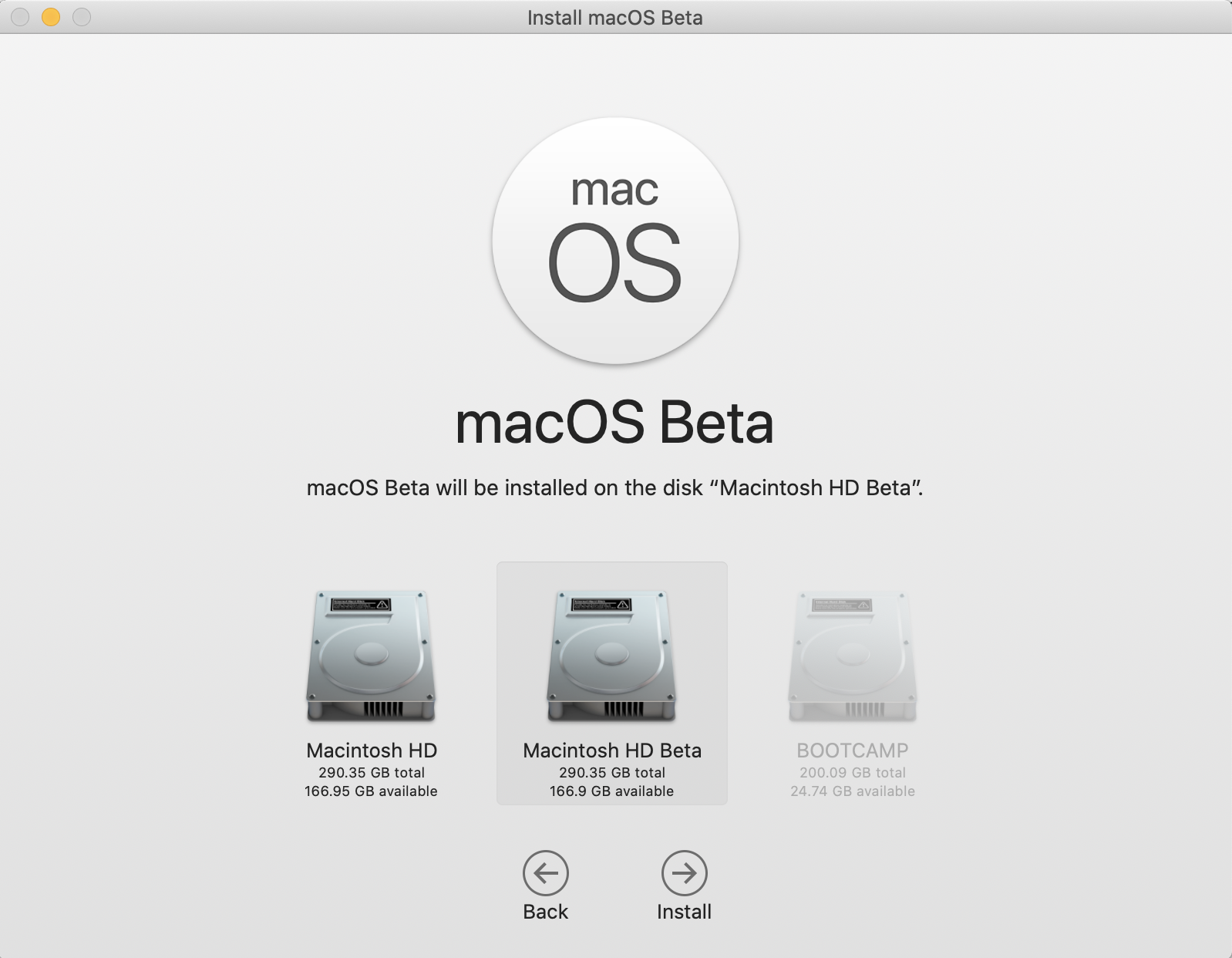The “10” era of the Mac operating system (Mac OS X and macOS 10) is now over. Apple decided to turn it up to (version) 11 and released macOS Big Sur.
With macOS Big Sur, you’ll find that still a very familiar OS, but there are several changes that will help you be more productive. To help you learn about those new features, we have written guides and how-tos so you can get the most out of the software. We have a list of those articles here to help you get started.
To fix this, repeat step 9 (booting the 'EFI Boot' partition of the patched installer USB). Likewise, if you transplant the hard drive with the Big Sur installation from one Mac to another, or you move an external hard drive/SSD with Big Sur from one Mac to another, you will need to repeat step 9 on the destination Mac before it can boot Big Sur.

- The resulting macOS Big Sur ISO file can now be used to install macOS Big Sur into various virtual machines including VirtualBox and VMWare, and it can also be used to burn to various media including Blu-Ray, SD Cards, external hard drives, and USB Flash drives.
- In this hands-on step-by-step walkthrough, we show you how to install Windows 10 on your Mac using an external drive. Watch our video inside to see how. Note: Before you do anything, back up your.
macOS Big Sur FAQ
Want a quick overview of what’s in Big Sur? Read our macOS Big Sur FAQ. The FAQ also has a Mac compatibility list, how to install Big Sur, and more.
How to create a bootable Big Sur external drive
Put the macOS Big Sur installer on an external USB thumb drive or hard drive and use it to install the operating system on a Mac. Here’s how.
User interface and Control Center
Apple stays true to its UI philosophy with Big Sur, but the graphical components have been refined to give the OS a modern look. While a window or dialog box may look different, don’t worry, it works just as you remember it.
Apple also brought over the Control Center that you are used to using in iOS. It’s a great way to quickly access some Mac controls. Control Center is accessed by clicking on the Control Center icon in the upper right of the menu bar, near the date/time.
Learn more about the user interface changes in macOS Big Sur.
Notifications Center
Apple redesigned Notification Center so that it more closely resembles the iOS 14 version. Notifications are now grouped together, and the Center now supports widgets. Here’s how to add, remove, and manage notifications and widgets in Notification Center.
Messages
Apple used its Mac Catalyst technology to convert the iOS version of Messages to a version for the Mac. The result is that the Mac’s instant messaging app is more robust and works just like it does on the iPhone and iPad. Find out what’s new in Messages.
Photos 6
The Photos app is one of the most popular apps on the Mac. So you probably want to be aware of the new features. Find out what’s new in the Photos app.
Safari 14
The new version of Apple’s browser puts an emphasis on speed and privacy. There’s also a new start page, a new translation tool, and more. Get the details on Safari 14.
More articles about macOS Big Sur
Here are a few more articles to help you become more familiar with Big Sur.
Install Macos Big Sur Beta On External Drive
- The startup chime is back in macOS Big Sur. Here’s how to turn it on/off
